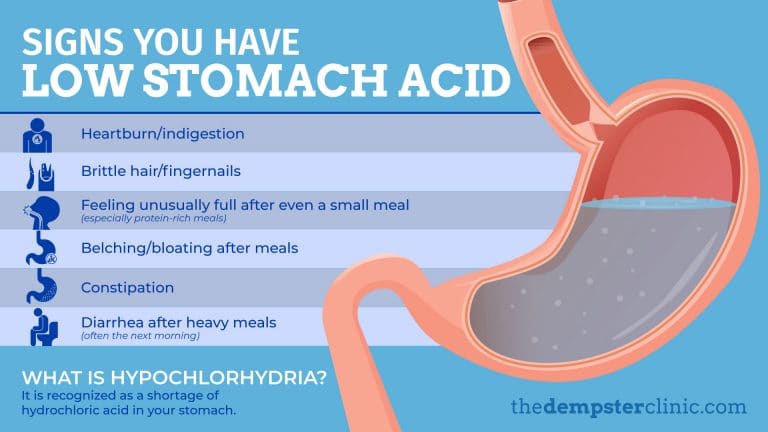Acid from the stomach supports digestion, however when it backs up into the esophagus, it causes irritation. Once foods that reduce acid swallow, your lower esophageal sphincter (a ring of muscle at the bottom of one's throat) closes to avoid stomach acid and food from entering the esophagus.
The acidity of the stomach could be reduced by eating food items. Add them to your daily diet and avoid the ones that cause heartburn.
Bananas

Bananas' mild acidity makes them a highly effective remedy for acid reflux disorder and gastrointestinal distress. They help keep the stomach and esophagus healthy given that they contain a large amount of potassium and natural fiber. The fruit's high magnesium content also aids in neutralizing acid production and reducing the discomfort connected with acid reflux disorder. Bananas are an excellent option for a healthy breakfast or snack since they are high in fiber, contain a variety of essential vitamins and minerals, and are gentle on the digestive system.

Brown rice is another healthy option that might help with GERD. It contains beneficial nutrients including fiber, iron, and B vitamins. It's a better option than processed carbs, which might make one feel nauseous and present you heartburn.
Cucumber, being truly a low-acid food, aids in the prevention of acid reflux disorder by keeping the intestines and stomach well hydrated. Vitamin C and potassium, both within abundance, are recognized to reduce acidity within the body. Cucumbers are versatile and could be used in many different ways.
Melons, like bananas, are another item that's low in acid and could aid with acid reflux disorder. Magnesium, which is present in abundance in melons like watermelon, cantaloupe, and honeydew, really helps to neutralize gastric acid output and reduce acid reflux symptoms.
Oatmeal
Oatmeal's dietary fiber and water content work together to safeguard the esophagus from gastric acid and relieve irritation. Soluble and insoluble fiber work together to accomplish double duty keeping in mind you full. By doing so, you may avoid the acid reflux disorder that often follows a large meal.
Acid from the stomach helps breakdown food, but it should remain there and not make its way back up into the esophagus, where it may cause irritation. The low esophageal sphincter, a ring of muscle at the base of the neck that contracts to prevent stomach contents from entering the esophagus, is in charge of this protection. Regrettably, certain meals cause this contraction and, thus, heartburn. This is associated with diets high in saturated fat, such as those within bacon and beef, chocolate, fried meals, and dairy dairy products. Furthermore, it may be made worse by consuming acidic foods and drinks, such as citrus fruits and juices, tomatoes and tomato derivatives, vinaigrette salad dressings, and pineapple.
foods that reduce acidity occurring often could be an indicator of a more severe condition, such as Gastroesophageal Reflux Disease (GERD). foods that reduce acid ?more than twice weekly?should prompt a visit to the doctor. Various diagnostic procedures and therapeutic options are available from our gut health specialists.
Food and Drink
Although stomach acid is necessary for digestion, it could cause irritation to the esophagus if it flows backwards. The lower esophageal sphincter is really a ring of muscle behind your throat that acts just like a valve, preventing acid from your stomach from entering your esophagus. However, there are a few meals and behaviors which could cause acid to ascend into the esophagus, resulting in heartburn and the accompanying discomfort and burning sensation.
Try switching to less acidic meals like bananas and oatmeal if you suffer from heartburn frequently. Milk could be helpful, but drinking whole milk could make your symptoms worse, so try switching to skim or fat-free. Because it forms a protective barrier between your stomach and the acid, milk might give quick rest from heartburn symptoms.
Green vegetables along with other healthful complex carbs, like rice or couscous, are great sources of fiber to add to your diet. If you're trying to avoid acid reflux, try roasting your vegetables instead of boiling or steaming them. Herbs, which are naturally lower in acidity, could also be used to boost the taste of these foods. However, acidic salad dressings should be avoided since they will make symptoms more worse. It's also advisable to stay away from acidic foods like oranges, grapes, and berries.
foods that reduce acid is a painful and unpleasant condition due to gastric acid rising up into the esophagus. Alkaline, fiber-rich, and anti-inflammatory foods including bananas, oats, ginger, green vegetables, milk, and water help neutralize mild acidity. Rather than using OTC acid reflux disorder medicine, try eating these food types instead.
Ginger, an aromatic root, is an effective natural anti-inflammatory that eases stomach discomfort and gas. Along with relieving the inflammation leading to heartburn, it offers relaxing effects on the esophagus. Raw ginger may be eaten, and it also makes an excellent tea when steeped in warm water. Soups and stir-fries are two further applications.
Apple cider vinegar is another natural antacid which may be mixed with water and used to fast alleviate acid indigestion. While this beverage has many health advantages, it is crucial to remember that drinking an excessive amount of it might cause indigestion.
A modest glass of unsweetened coconut water can also be helpful in quelling stomach acid. Coconut water's high potassium content neutralizes the acidity of the body and soothes stomach acid-related irritation. Natural treatments include chewing gum after meals to improve saliva production and reduce the risk of acid reflux disorder in the esophagus. However, sugar-free gum is recommended for optimal tooth health.
